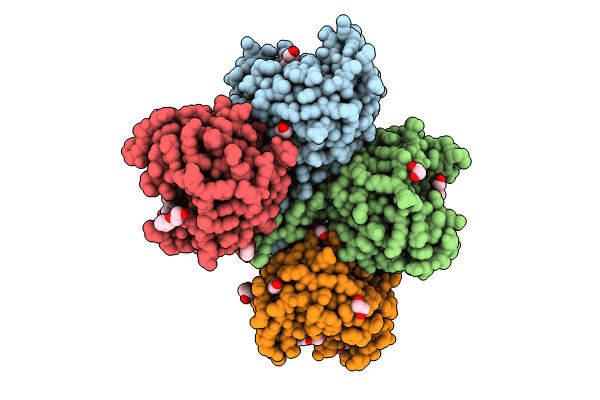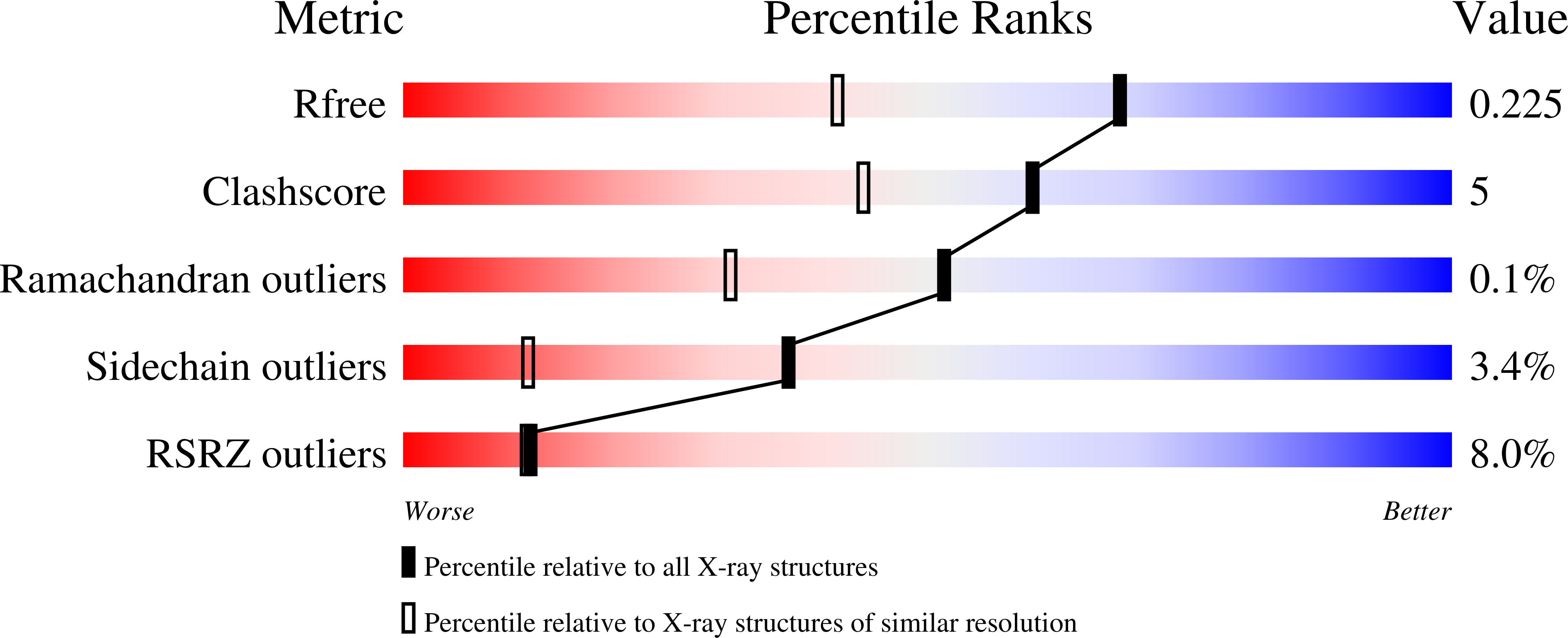
Deposition Date
2024-01-22
Release Date
2024-05-22
Last Version Date
2024-06-19
Entry Detail
PDB ID:
8VRI
Keywords:
Title:
E. coli peptidyl-prolyl cis-trans isomerase containing difluoro-leucines
Biological Source:
Source Organism:
Escherichia coli (Taxon ID: 562)
Host Organism:
Method Details:
Experimental Method:
Resolution:
1.65 Å
R-Value Free:
0.22
R-Value Work:
0.18
R-Value Observed:
0.18
Space Group:
P 21 21 21


